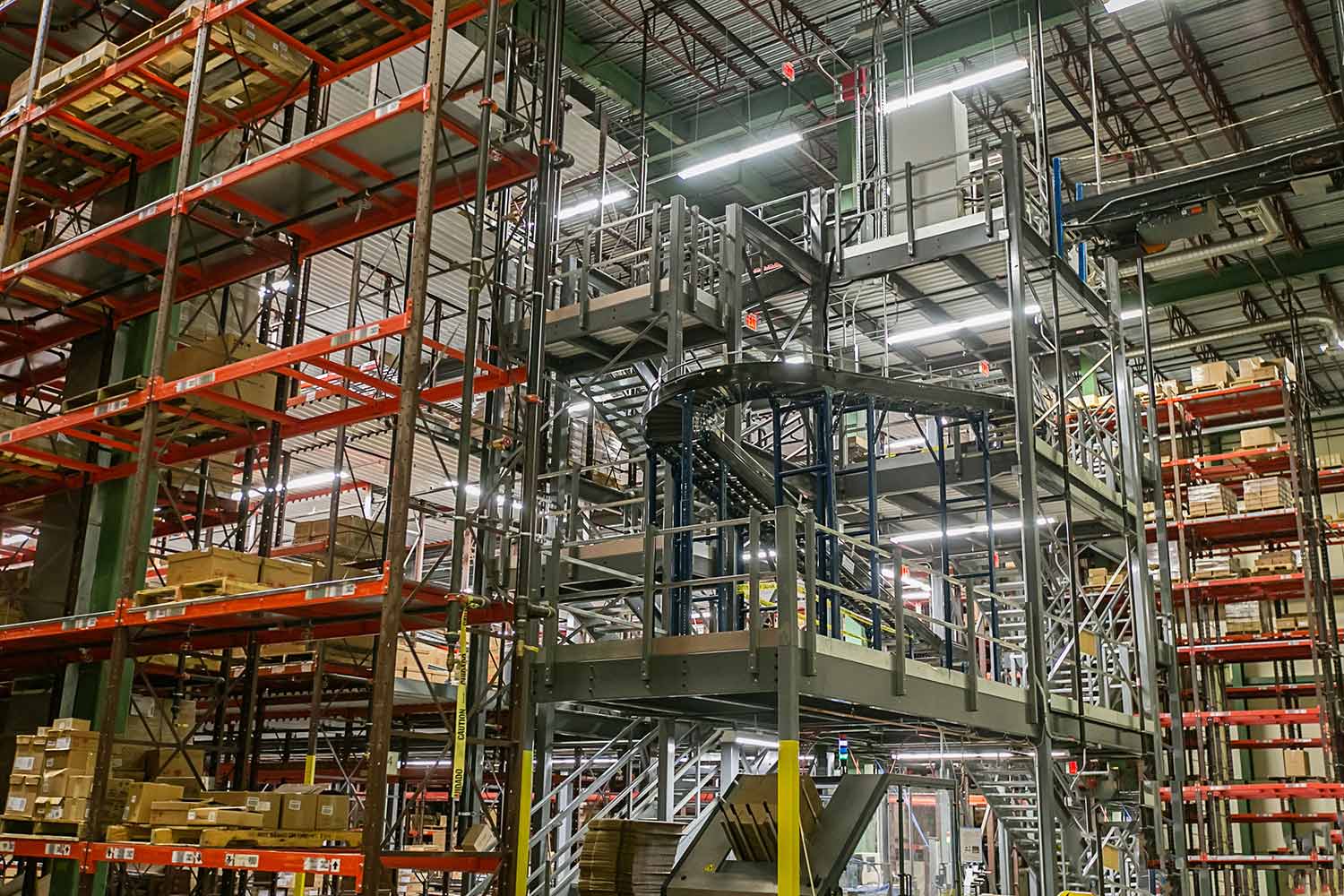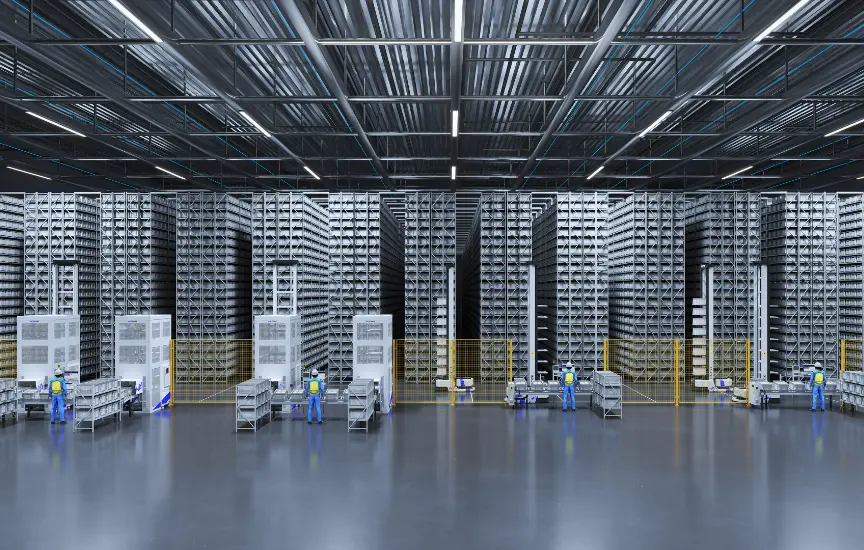
February 22nd, 2022
5 min readHow to Select Optimal Picking Techniques for DC & Order Fulfillment
Successfully operating a warehouse or distribution center basically comes down to the efficient execution of two physical realities: storing materials and picking materials.
Finding the Best Order Picking Solutions for Your DC or Warehouse
Successfully operating a warehouse or distribution center basically comes down to the efficient execution of two physical realities: storing materials and picking materials. In this white paper, we examine the options related to the latter.
Years ago, there weren’t many options as far as picking; topping out the speed and accuracy of your pickers was all you could strive for. Today, of course, there are many factors to consider when it comes to selecting the right picking system for your operation. An optimal picking system can increase not only speed and accuracy, but also can boost order volume and overall efficiency. What’s more, many systems reduce labor and are highly cost-effective in the run.
Sorting Out Sorting
Perhaps the most basic pick setup is discrete picking, in which pickers devote themselves to individual orders from pick to pack. As pickers deal with only one order at a time, sorting is not part of the equation. While this method may seem straightforward, it typically is inefficient and time-consuming.
A step up is some type of batching and sorting system in which pickers eliminate multiple redundant trips to various SKU locations by combining orders in a way that reduces inefficiencies.
Implementing Zone Picking
Taking that one step further is the use of pick zones in a facility. Instead assigning pickers to particular orders, they instead cover all picks located in the particular area in which they are assigned. As a result, travel time is limited, especially in larger-sized operations. If an order contains SKUs from multiple zones, the order is handed off to the next picker when all SKUs in that zone for that order have been picked. To further maximize this setup, higher-volume pick items can be placed within each zone to reduce the number of hand-offs.
Picking in Waves
While many operations still manually release orders as they come in or as needed, today’s software systems release orders in waves. Similar to the batching found in cluster picking, these groupings of multiple orders maximize efficiencies through factors such as pick location, shipping vendor, or rush status of the order. This way, pick runs are streamlined. In addition, a dynamic or continuous wave system can adjust pick orders in real time to maximize productivity. This level of software sophistication can be especially helpful to businesses with overnight or two-day shipping.
Utilizing Increased Automation
For many organizations, the most difficult step to take is to embrace automation. While the initial costs can be daunting in some cases, the return on investment often can be accomplished quickly. And automation’s benefits typically include—in addition to cost savings—greater efficiencies, increased order accuracy, and a decreased reliance on labor (to that point, the Great Recession was a major contributor to leaps in automation as businesses sought ways to boost output without relying more on labor). And automation, in fact, can even lead to greater storage capacity as some automated systems do not require the wide berth a forklift needs.
From storage to sorting to retrieval, automation can impact almost every aspect of warehousing. Vertical lift modules, and horizontal and vertical carousels, are goods-to-person machines that contrast the standard person-to-goods model of walking up and down aisles searching for pick items. Pick-to-light systems can even indicate exact items (and what quantities) to be picked from a shelf or tray.
Here are just a few more of the many ways automation can improve your picking efficiency:
- Pick-zone modules use motorized conveyors to transport totes in order to optimize pick-zone systems.
- Automated storage and retrieval systems (AS/RS) do just what the name says, but without the need for human intervention to physically put or pick items.
- Vertical lift sequencers move high-volume SKUs from packages to maximize efficiency in split-case picking.
- Automated deep-lane pallet systems use a shuttle vehicle running on rails to automatically store pallets with greater capacity.
- Automated guided vehicles (AGVs), the stars of material handling trade show exhibit halls, zip unit loads along predetermined routes with expert precision while avoiding collisions.
Next Steps
Remember, automation is not one-size-fits all, and neither are the rest of the picking strategies mentioned above. But the right choices will turn into increased efficiencies and an impressive return on investment.
Get started on the path to optimizing your inbound operations. Contact IndPro specialists. We’ll partner with your team to develop a comprehensive, real-time inbound logistics platform to increase efficiency and maximize ROI.
IndPro Services
IndPro Services, a leader in U.S. Federal Government and commercial systems procurement, provides efficient, innovative, and results-driven solutions. Dedicated to improving efficiency in warehouse and distribution center operations, we work on the same side of the table with you to help you procure the best possible solution for your specific application.
Related Posts

The Human-Robot Partnership Requires an Upskilled Warehouse Workforce
Article
Professional Integration is Crucial for Warehouse Automation & Robotics Implementation
Article